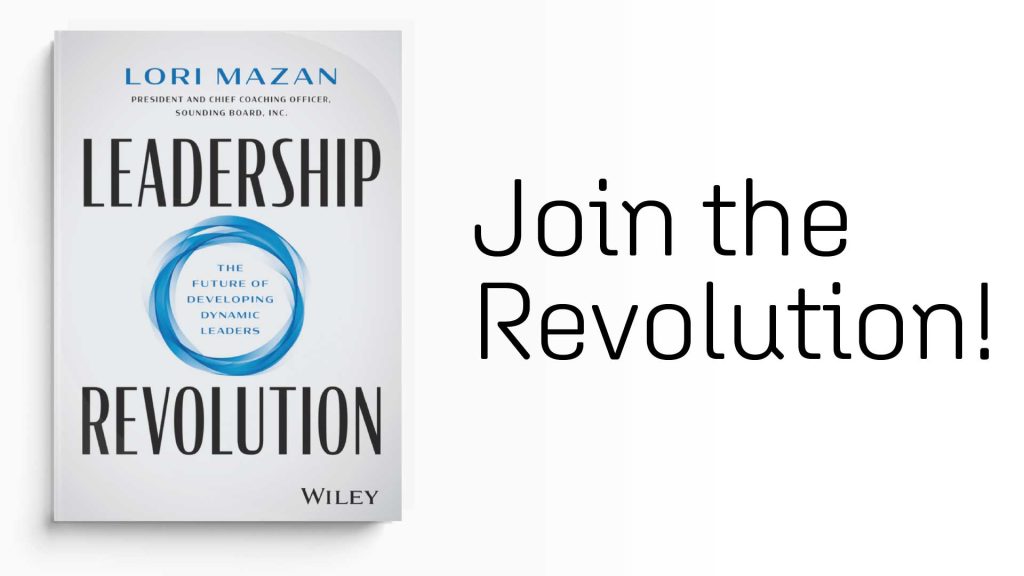It is difficult to pinpoint exactly when coaching first made its way into the corporate world, but many people point back to the 1970 publication of a book called The Inner Game of Tennis, by W.T. Gallwey. Although ostensibly about tennis, Gallwey’s book transcended sport and became crucial reading for business leaders who were looking to overcome obstacles such as fear, doubt, lapses in focus and others.
In the decades since The Inner Game of Tennis was published, leadership coaching has been embraced by Human Resources executives as a crucial method for nurturing their best talent and driving measurable business outcomes for their organization. But despite its surge in popularity, leadership coaching is still not widely understood, and even today there are a lot of misconceptions about how it can best be implemented in a corporation. Let’s take a look at three of the most common ones, so your team knows what to watch out for.
What is leadership coaching, and why does it matter?
Before we jump in, let’s start by defining what leadership coaching actually is. Leadership coaching is a highly personalized, action-oriented approach to professional leadership development. Coaches partner with coachees to increase self-awareness and generate insights that can lead to lasting mindset and behavior shifts. To maximize results, coaches also align growth objectives with business KPIs.
In today’s environment, employees often receive managerial promotions without adequate training. Without dedicated resources for growth and development, leaders can find themselves stuck in a cycle of reactivity. Coaching breaks that cycle and empowers leaders to make their greatest possible impact for the organization.
Misconception #1: Leadership coaching is the same thing as life coaching
So what is leadership coaching? Well, for starters, it’s not the same thing as life coaching. Although life coaching is a valuable tool, the approach is distinct from leadership coaching. While a leadership coach considers the whole person, their goal is not to coach someone’s whole life. In today’s performance-driven work culture, corporations often reference bringing the “whole self” to work, which adds to the confusion.
The critical difference between life coaching and leadership coaching is that the latter has concrete goals that link directly to business KPIs. Goals related to one’s personal life, like marital satisfaction, for instance, are not a focus in this context. Instead, leadership coaches will share strategies that help leaders manage their personal and professional responsibilities, enabling them to show up as their best selves at work.
One reason this misconception is so common is that the quality of leadership coaching varies throughout the field. Some programs underemphasize business goals in favor of personal objectives. Others zero-in on specific skills like decision making or crisis management, rather than proactive skill cultivation in general. When selecting a coaching partner, you’ll need to ask hard-hitting questions about the role of data and measurement in their program. If their targets are ambiguous goals that seem subjective or situational, such as overall happiness, that’s a red flag.
Sounding Board coaches certainly help leaders find a healthy work/life balance, but that’s not their primary focus. Their core objective is to aid their professional development so they can contribute to the growth of the company.
Misconception #2: Leadership coaching is only necessary at the executive level
Research shows that about 85% of leadership coaching goes to C-suite executives. The prevailing belief is that coaching generates the most ROI at the executive level and that it’s too expensive to scale the approach for lower-tier leaders. However, the number one piece of feedback we receive from C-suite executives is, “I wish I had coaching earlier in my career.” What’s more, we’ve witnessed the transformational impact coaching can have on new and rising leaders first-hand.
When companies offer leadership coaching to new leaders, it accelerates their growth. Leadership styles vary, and leaders are most successful when they can identify and hone their approach earlier in their careers. Because there’s no one-size-fits-all approach to leadership development, coaching supports individual growth most effectively. Everyone has a specific recipe for leadership, and a coach can help them perfect it.
Neuroscience research indicates that the earlier we leverage brain plasticity to develop a “growth mindset,” the greater our performance will be. In fact, performance can improve by more than 80% with growth mindset intervention. Supporting new managers through leadership coaching is one way to facilitate this. Early coaching also allows them to practice positive leadership behaviors. This intervention is crucial, given that emotion and experience are the primary drivers of leadership development.
At Sounding Board, we work with leaders at every rung of an organization — from CEOs and Vice Presidents to beginning managers, who are just learning on the job. The key is to pair leaders with the right coach based on things like their experience level, growth needs, and overall personal style.
Misconception #3: Training is sufficient
When it comes to leadership development, HR professionals often gravitate towards training or workshops. While these programs have considerable merit on their own, leaders need more than a sense of the basics to be effective. Training sticks better when we integrate it into the day-to-day — after all, people don’t internalize the lessons until they use them in context. Coaching can work alongside traditional training to boost its efficacy by addressing present business needs and individual growth blockers.
According to the Harvard Business Review, context alignment is more important than theoretical skill development when it comes to corporate learning programs. Because coaching is a one-to-one approach, it makes that context alignment possible. We’ve found that learning is most effective when it relates to and supports an existing challenge. New skills are integrated faster when they can be put into practice immediately.
Coaching can also inform training program design. Through coaching, organizations can uncover real challenges, issues, and themes that emerge from sessions. The Sounding Board platform shares insights in real-time to help guide business decisions and enable companies to invest in specific developmental areas consciously. One client of ours that was experiencing a major shift identified “strategic thinking” as a serious challenge across its entire leadership team. They were all so busy in the day-to-day and focused on urgent work — none of them had the chance to step back and think about the important things. Coaching feedback indicated that many leaders understood the new strategy, but struggled to translate it into action. This insight prompted the company’s HR team to invest in additional training around strategic thinking — a topic that had not arisen in their initial assessment.
Finally, coaching can also level-up training programs by offering candid feedback tailored to the individual. A good coach will nurture leaders with support and encouragement, but they will also be brutally honest when necessary. Sometimes, honest feedback from an unbiased third-party closes the loop and maximizes the impact of training.
Conclusion
Leadership development will undoubtedly be a core focus for many organizations in 2020. As they move into planning, it’s important for HR and talent leaders to understand exactly what leadership coaching is and what it is not. A leadership development program that includes coaching helps organizations maximize their employees’ talent and grow their next generation of leaders. But, when implemented poorly, these programs become a burden on the HR team, not to mention a waste of time and money for the company
Understanding the truth behind these three misconceptions can set your leadership coaching program up for success. To get more tips on how to implement an effective leadership development program in your organization, download our e-book, The Definitive Guide to Developing a Successful Leadership Coaching Program.











